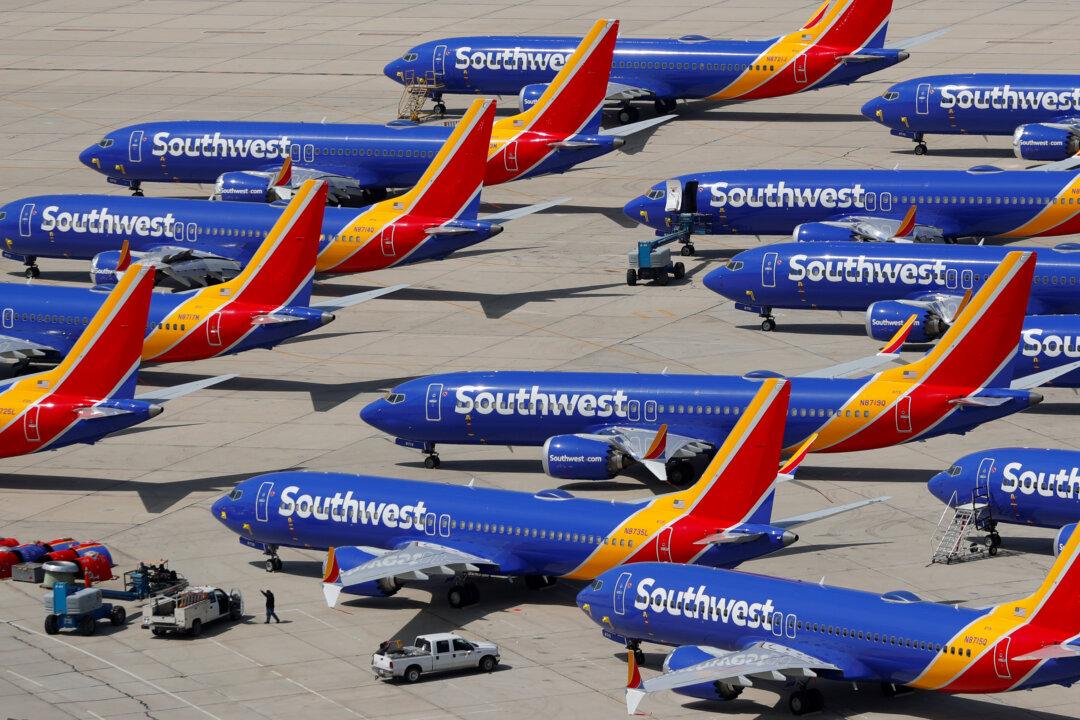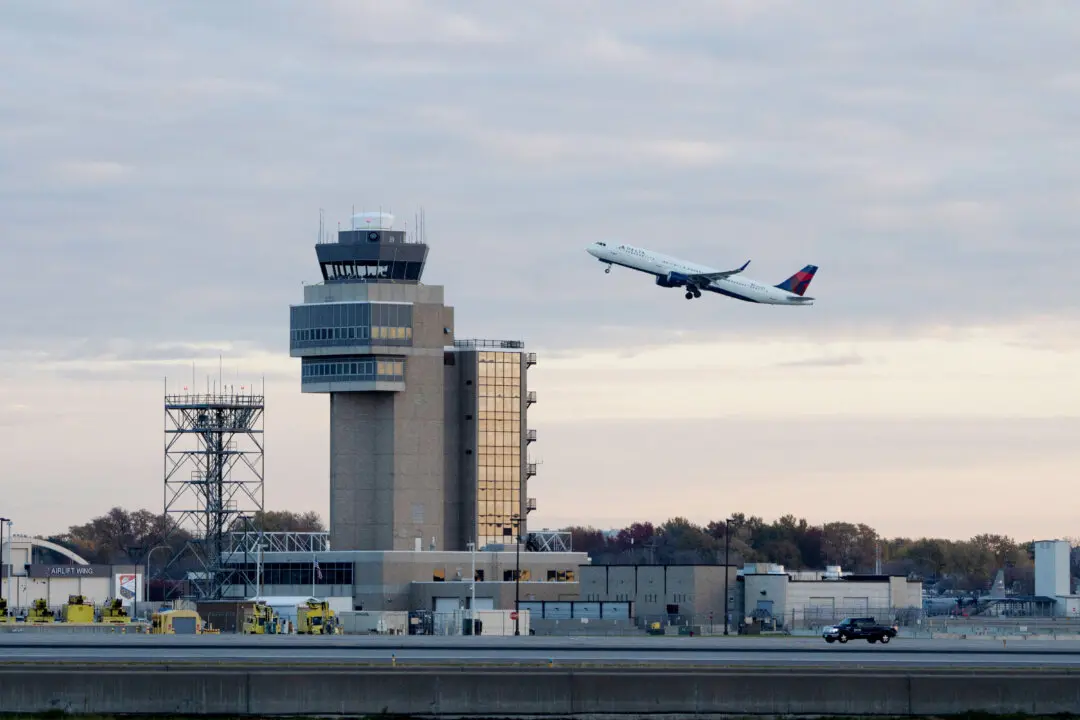The Federal Aviation Administration (FAA) is investigating after a Boeing 737 MAX 8 jet experienced a “Dutch roll” event on May 25, causing “substantial” damage to the plane.
During a Dutch roll, the plane’s tail moves left to right in an oscillating motion—a “yaw” rotation—while the wings “roll” upward and downward along the plane’s vertical axis, causing the nose to make a figure-eight. The motion can cause serious safety risks.





